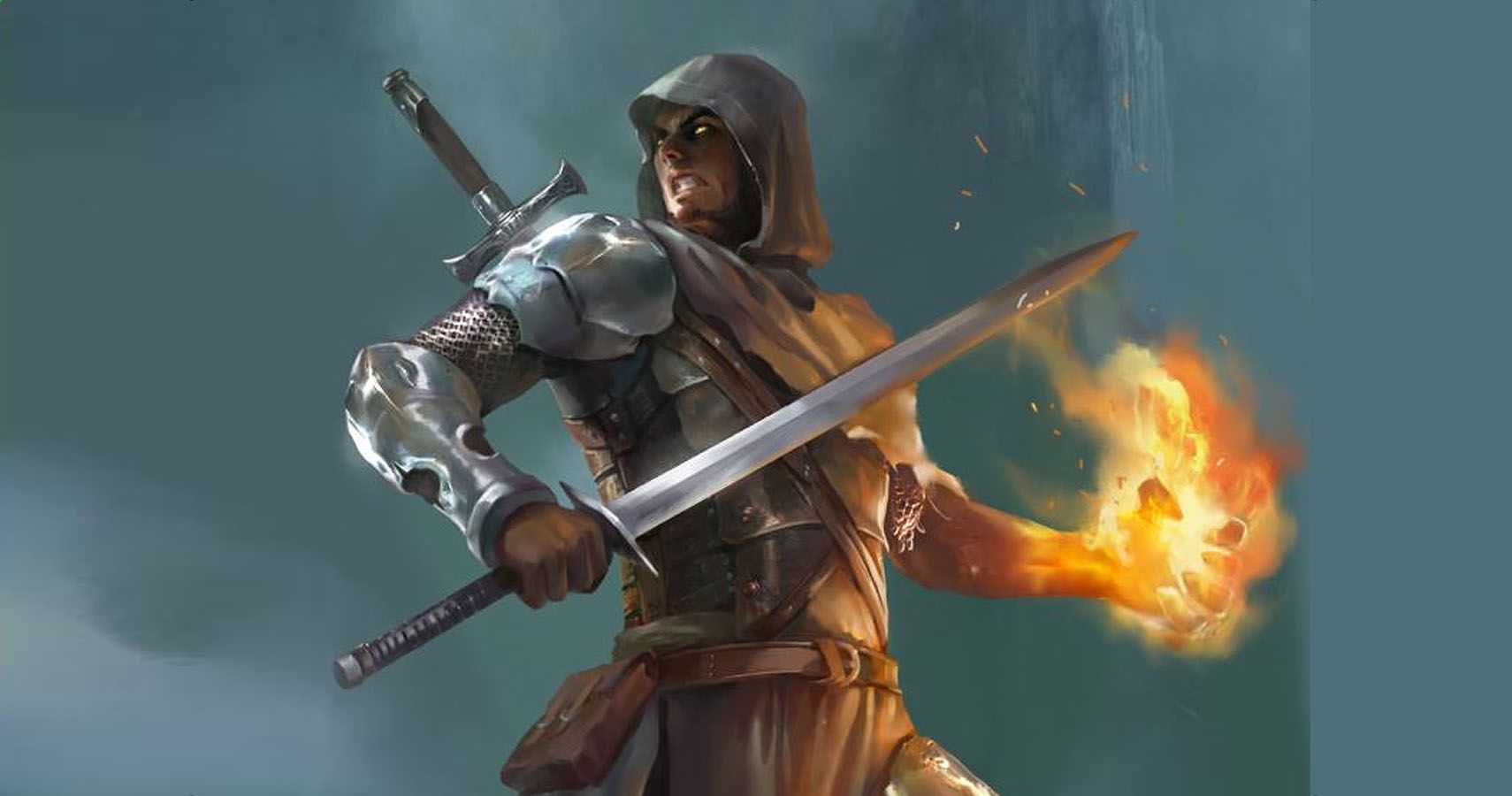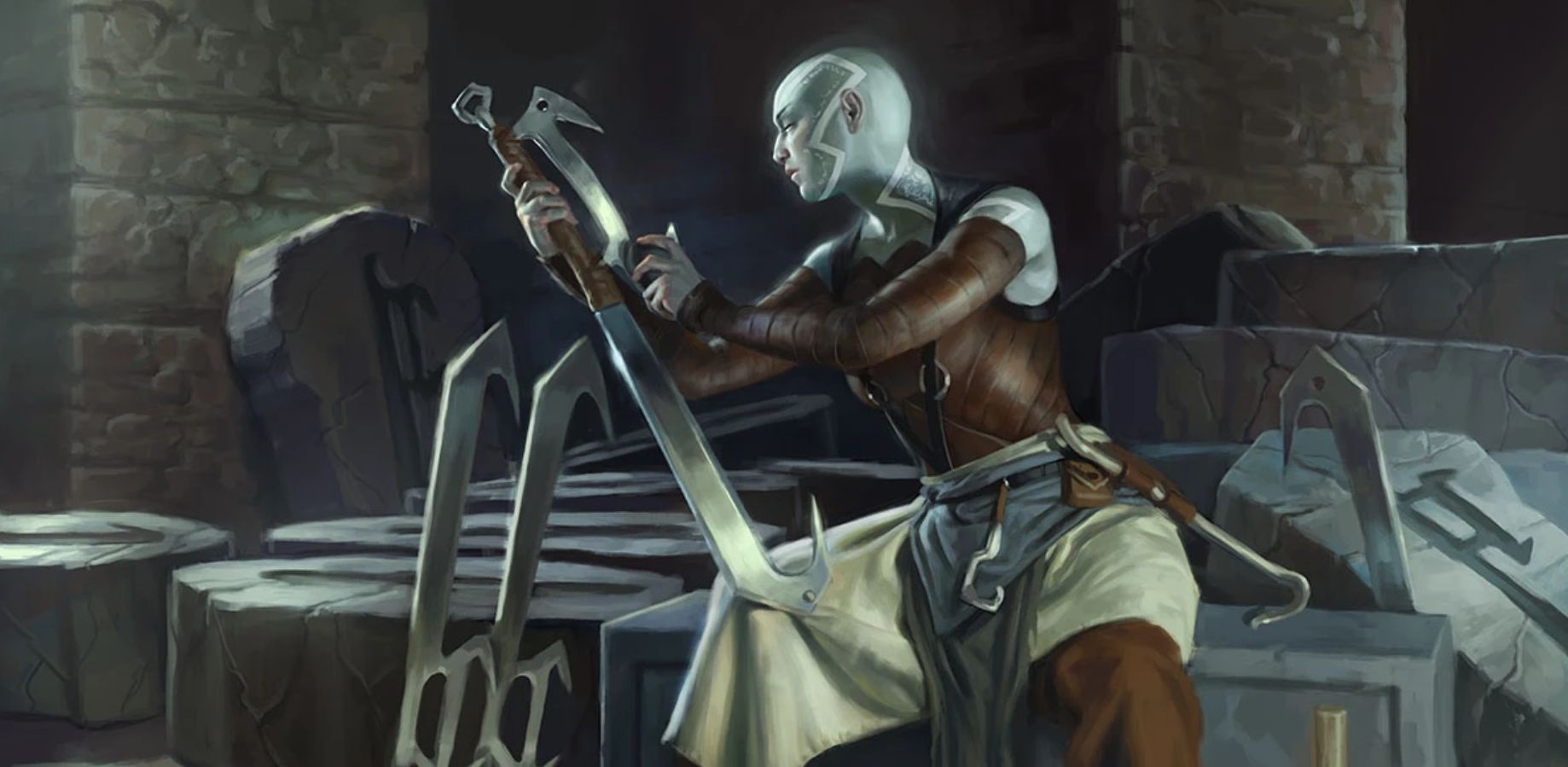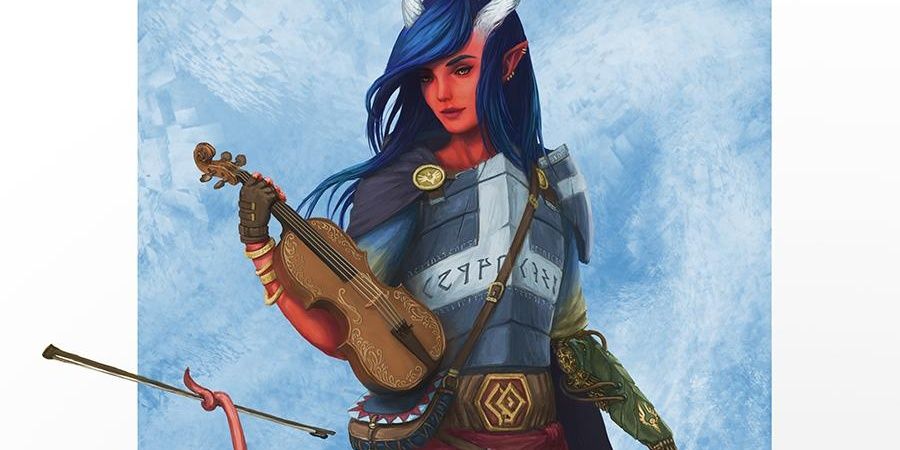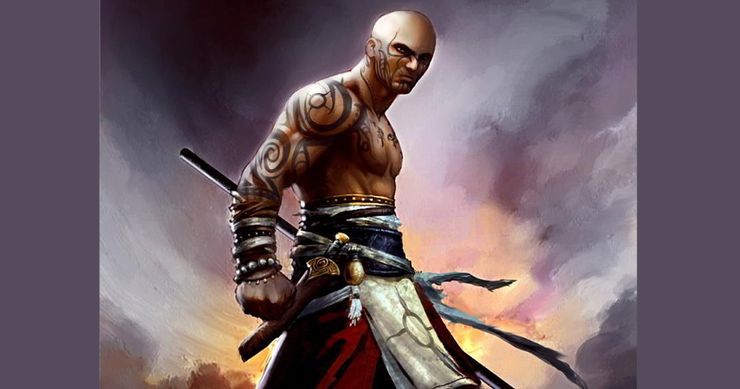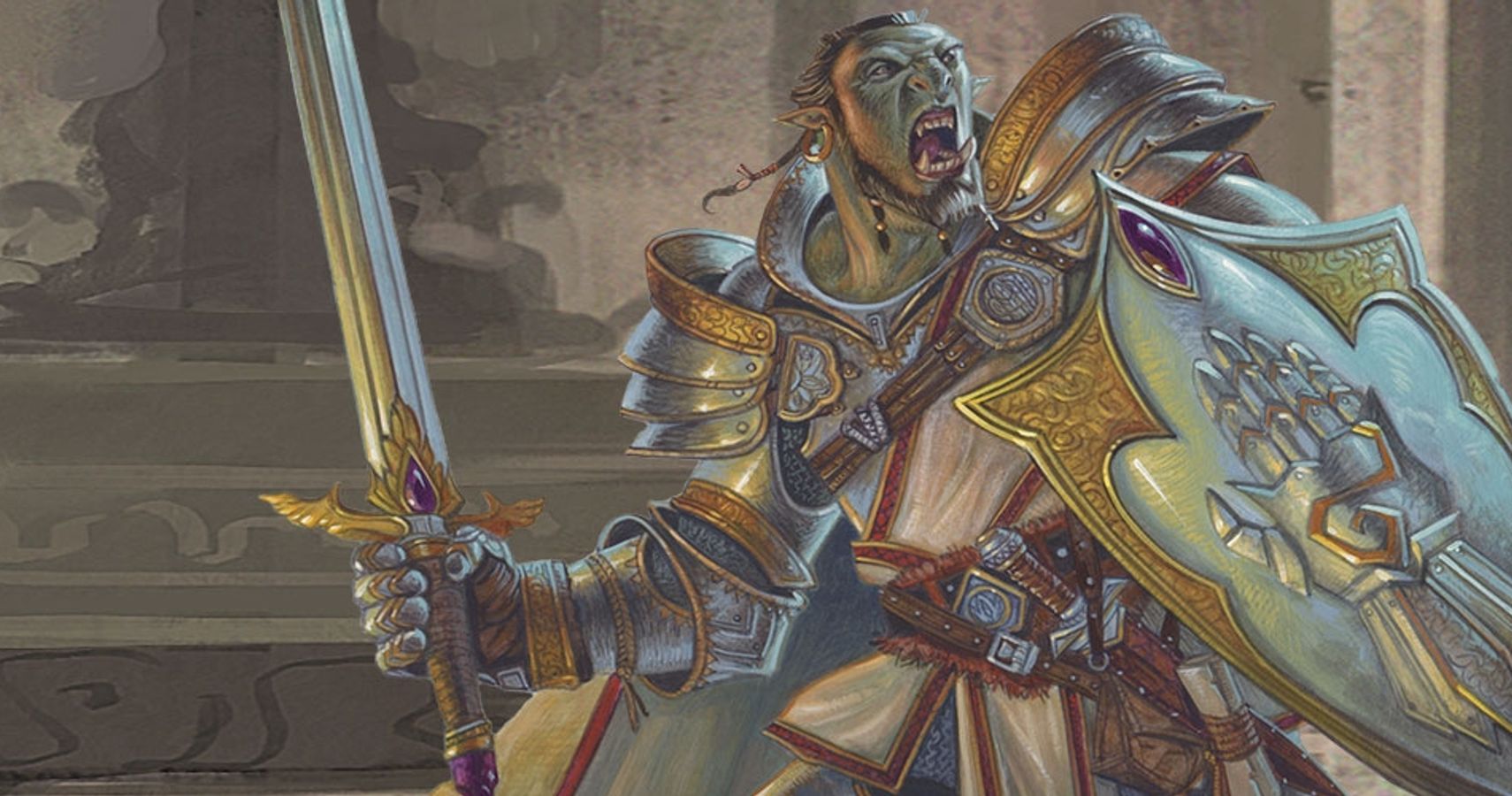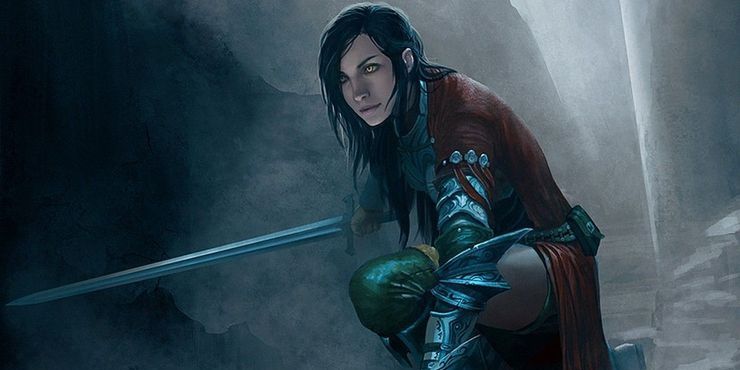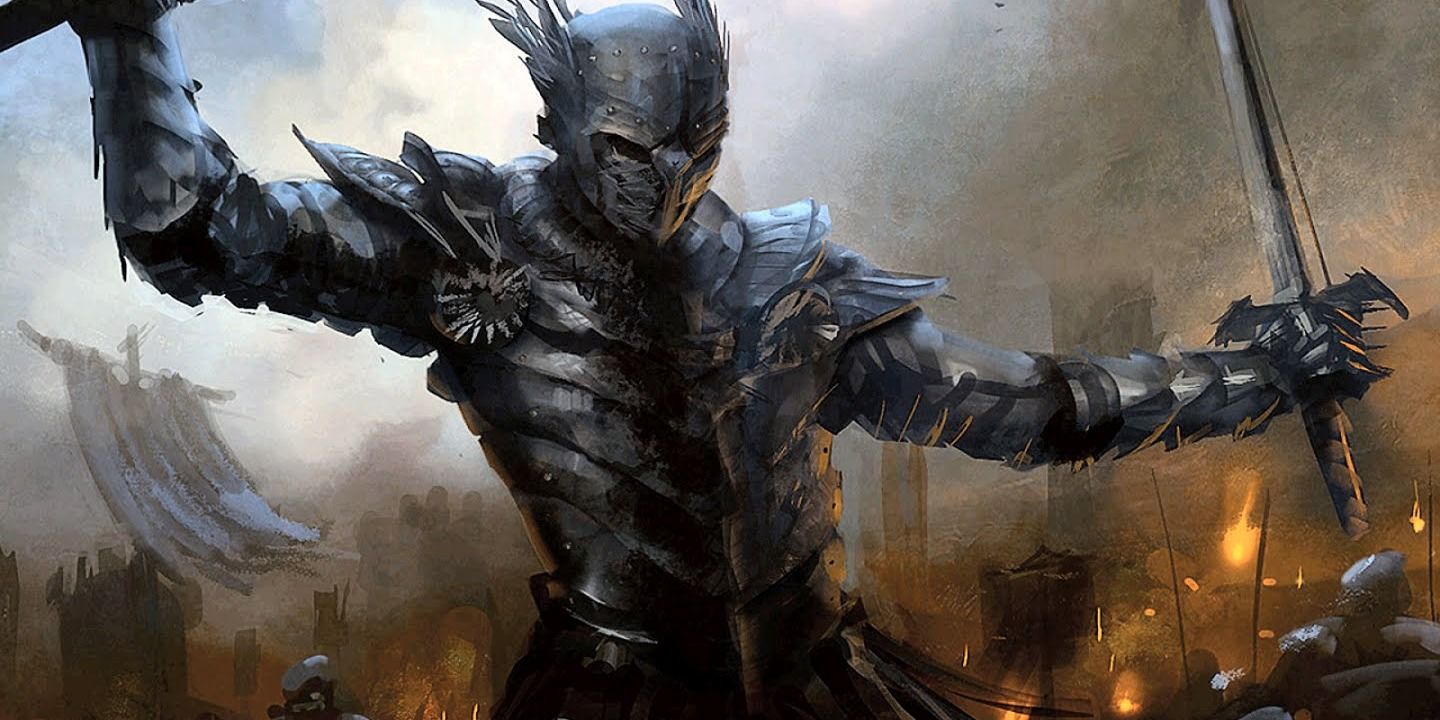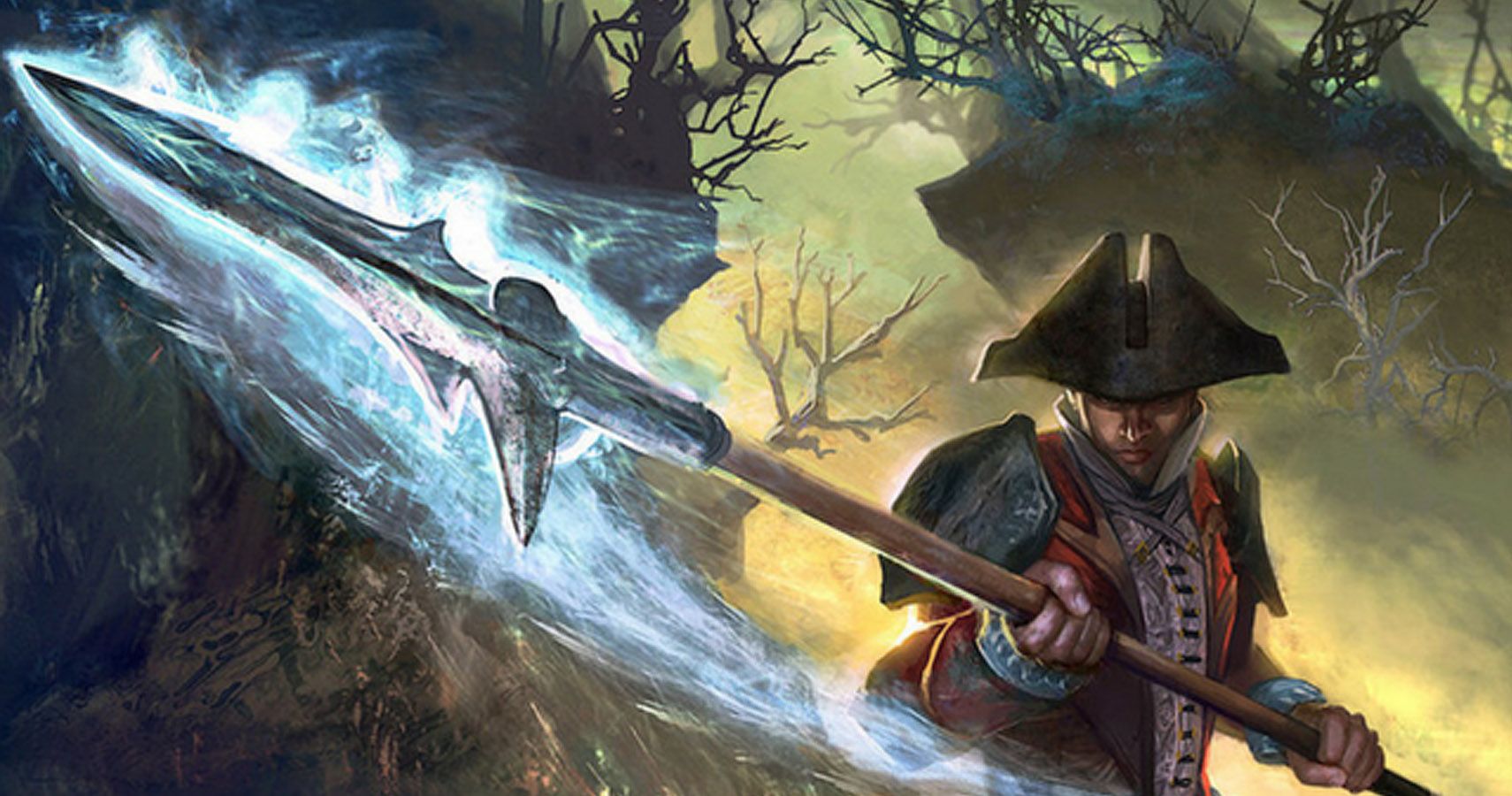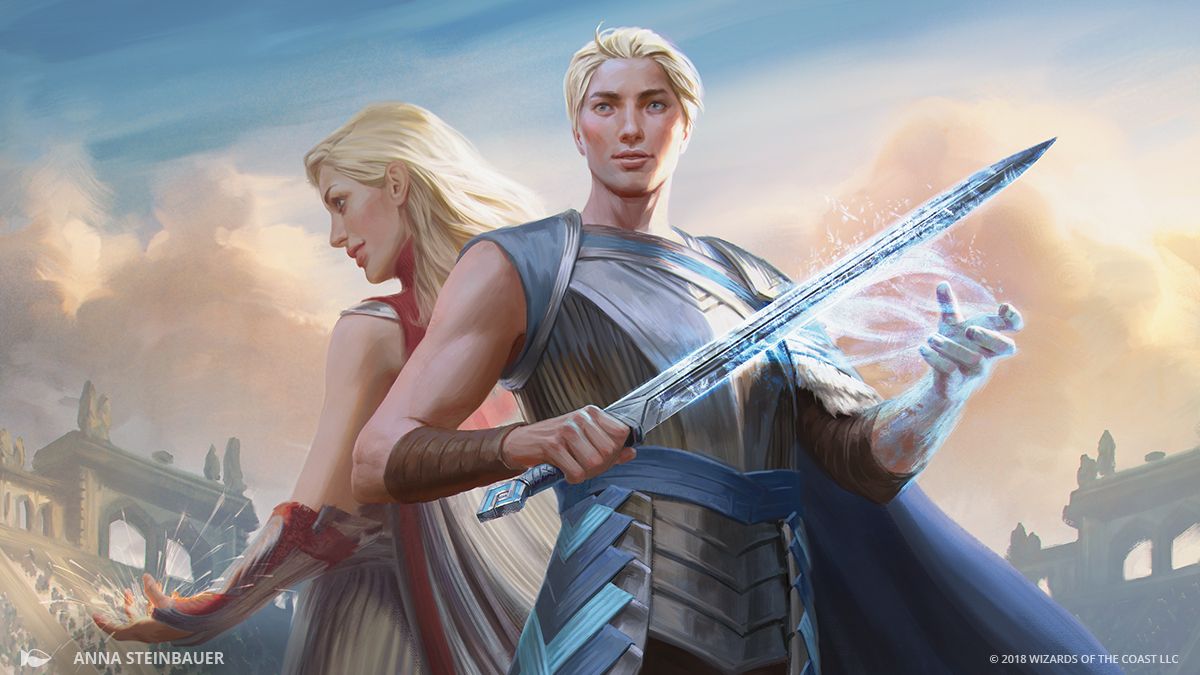Fighters are the most distilled version of martial combat prowess, but they can be a little boring. Luckily, multiclassing can spice up even the most generic fighter. However, some classes work better for fighters than others. Here’s a guide to help you decide what multiclass option you want.
Artificer
Artificer spells give some utility, but there are better options if you want low-level utility spells. Infusions can give bonuses to weapons and armor, but they can’t be used on magic items, and with all your proficiencies, you probably will get a fair number of the magic items your party finds. If you’re using Matt Mercer’s Gunslinger fighter subclass, you can always take three levels to get the Artillerist artificer subclass for flavor.
Barbarian
Everything in the lower levels of barbarian is good for fighters. You won’t be able to wear heavy armor if you want to rage, but it’s a decent tradeoff. Taking two levels for Reckless Attack is good too, especially if you have the Champion Archetype, since the increased crit chance doubles when you have advantage. Three multiclass levels make fighters miss out on a subclass ability, but one or two levels are amazing.
Bard
Nothing bards have does anything for fighters, but nothing actively works against fighter abilities either. If you want entirely unrelated spellcasting and utility abilities, by all means go ahead. However, you lose access to higher-level fighter abilities the more levels you take. Taking a level of fighter and then going full bard is actually better, but that can hardly be called multiclassing as a fighter.
Cleric
Like most multiclasses into Cleric, this depends on the Divine Domain powers (spellcasting is, again, useful but entirely unrelated to your role as a fighter). If you have a decent Wisdom modifier, Light, Tempest, and War Domains have good 1st-level abilities for fighters. It’s worth noting that War Domain has access to the spell divine favor, which is great for fighters. A level of Forge Domain is decent even if you don’t have good Wisdom; a free +1 weapon or armor is great, and you can buff your allies’ stuff if you get some cool magic items. Alternatively, after gaining the fighter Extra Attack, you could take 8 levels in Tempest, War, or Forge domains to get abilities and Divine Strikes. This will lag behind single-classed fighters in terms of damage output, but you’ll have spellcasting to make up for it. Though, at a certain point you should just make a paladin.
Druid
This multiclass is surprisingly good if you take two levels to get Circle of the Moon. In Wild Shape, Extra Attack applies to any single attack (not using Multiattack actions), which means that you can turn into a Dire Wolf and attack multiple times. Wild Shape does limit some fighter abilities that rely on weapons, but overall it’s a neat trick. Just remember that druids won't wear armor made of metal.
Monk
Fighters get the largest number of weapon and armor proficiencies in the game. Monks get bonuses for using a limited selection of weapons and no armor. Monk levels don’t benefit fighters until higher levels, and there are a lot of redundancies. It’s generally not worth it.
Paladin
Paladin 1st-level abilities fall into the category of “useful, but doesn’t help a fighter.” At second level, Fighting Style is useful if you want to use multiple types of weapons, such as making a fighter that uses Sword-and-Board at close range and archery at long range. Just remember paladins have less options than fighters. Divine Smite is nice, but with mostly fighter levels you won’t get the spell slots needed to use it regularly, and divine favor is a better use of those spell slots anyway.
Ranger
Rangers work with fighters much better than paladins, based on the abilities gained at 2nd-level. Again, you can get a limited selection of Fighting Styles at 2nd-level, which is good for fighters who use multiple types of weapons. Ranger spellcasting at 2nd-level gives access to the hunter’s mark spell. While you will effectively only have two 1st-level casts of the spell (unless you’re an Eldritch Knight fighter), the extra 1d6 weapon damage each time you hit an enemy, combined with multiple weapon attacks per turn, the spell will pay for itself.
Rogue
Taking a few levels in rogue is a good way to make a fighter who is a little less of a meathead. Expertise is always good, and when putting it on Athletics it allows for some good grappling abilities. Cunning Action adds more maneuverability as well. While three levels of rogue causes you to lose out on higher-level fighter archetype abilities, getting the Assassin subclass can give you a very useful first turn in a fight, especially if you use Action Surge; multiple attacks with advantage against anyone who hasn’t acted yet, plus auto-crit hits, are very powerful. Sneak Attack damage won’t scale as you level up, but overall this is a great choice for Dexterity-based fighters.
Sorcerer
The Wild Magic, Divine Soul and Shadow Magic subclasses have abilities that range from decent to not-totally-useless for fighters. Otherwise, sorcerers get more from fighter proficiencies than fighters get from sorcerer abilities. Three levels of sorcerer to get metamagic aren’t worth it without the sorcery points to power it.
Warlock
Due to the versatility of warlock builds, a warlock multiclass can be very good with just a single level. You can take the Fiend or Hexblade, either is okay but the subclass doesn’t really matter. What really matters is that you take hex as one of your spells; it lets you do 1d6 extra damage every time you hit someone with an attack, and you’ll be making a lot of attacks. You can take a second level if you want to cast hex more, and get whatever invocations you like as a bonus.
Wizard
Every option here has to be compared against the Eldritch Knight fighter subclass, which gains wizard spells while still progressing through the fighter class. Taking eleven levels of fighter and nine levels of wizard is comparable to Eldritch Knight, trading some combat prowess for spell versatility, but it can be rough to actually get to that point and requires your campaign continuing to level 20 to make work. Often, you’re better off playing an Eldritch Knight unless you really want illusion spells or something.

